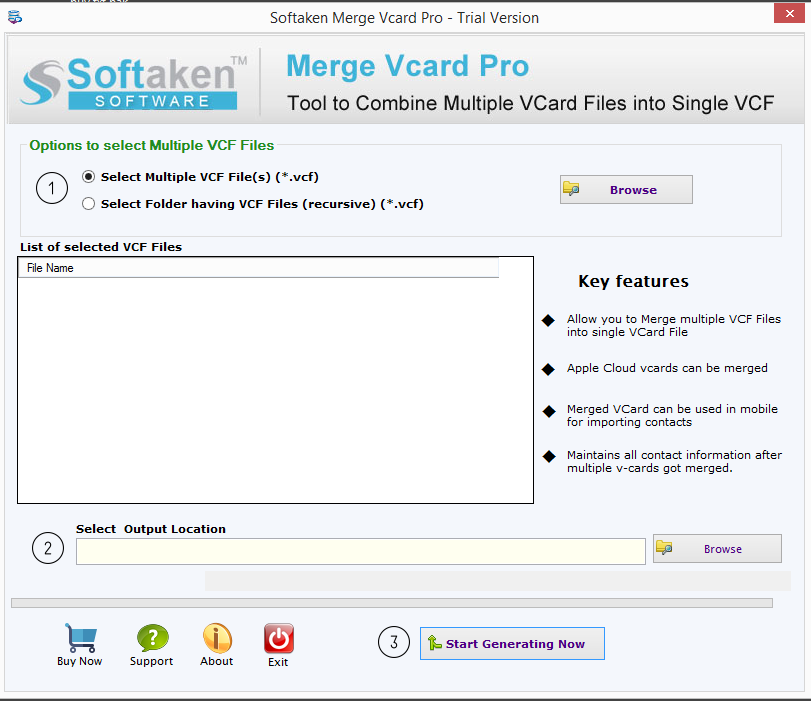
Start coding your V-Card based off the information above.Delete sample the text in Embedded data.Right click the barcode and go to Properties.Click on your label where you would like to place the barcode.Click Create -> Barcode -> Select More Bar Codes… -> find and select QR Code.You can find more information about vCard and additional properties that you can use here. Otherwise, properties can be defined in any order. VERSION must come immediately after BEGIN, except in the vCard 2.1 standard, which allows it to be anywhere in the vCard. All vCards must contain the VERSION property, which specifies the vCard version. This is a very important part that allows scanners to read the V-Card correctly.Īll vCards begin with BEGIN:VCARD and end with END:VCARD. Note that after every subject there is a carriage return («CR») and a line feed («LF»). Here are the components of the same block that have been pieced out.

This example might look a tad intimidating but it was placed there to give you a broad idea of what you should be looking at when you are coding a V-Card. BEGIN:VCARD«CR»«LF»N:Support Tech«CR»«LF»ORG:Seagull Scientific«CR»«LF»TITLE:Tier SE 30th Place, Suite 100 Bellevue, WA 98007-6597 USA«CR»«LF✾ND:VCARD The following is an example of what to expect in a full line that codes a V-Card into a QR code. They can contain name and address information, telephone numbers, e-mail addresses, URLs, logos, photographs, and audio clips. vCards are often attached to e-mail messages, but can be exchanged in other ways, such as Multimedia Messaging Service (MMS), on the World Wide Web , instant messaging or through QR code. VCard is a file format standard for electronic business cards.


 0 kommentar(er)
0 kommentar(er)
